LED, CFL and Halogen Lighting – what is the difference?
If you’re looking to upgrade your lighting, you’ll be hard pushed to find an electrical contractor recommending anything other than LED.
LED lighting outperforms traditional lighting in terms of lifespan, efficiency, versatility, safety and eco-friendliness. Even if you pay a little more for the bulbs, you’ll save on operating costs, making LEDs the most cost-effective option.
So if LEDs are so good, why would you bother with CFL or Halogen?
Good question. And the most likely reason is that you just haven’t made the switch yet.
So what is the difference between LED, CFL and Halogen, and should you stick with what you’ve got or look at alternative options?
Halogen lighting
Probably the most recognisable type of lightbulb is the traditional incandescent bulb. These are made up of a wire filament enclosed in a glass case which can vary in shape and size.
Halogen bulbs are a type of incandescent bulb containing a tungsten filament. But as well as the filament, a halogen bulb contains halogen gas. The halogen gas carries evaporated tungsten particles back to the filament and re-deposits them, meaning halogen bulbs are more energy efficient than traditional incandescent bulbs.
Halogen bulbs are used for various applications, including outdoor lighting. They are up to 20% more efficient than other incandescent bulbs but still nowhere near as efficient as CFL or LED.
CFL lighting
Before LEDs became widely available, compact fluorescent lamps (CFLs) were the most common energy-saving alternative to incandescent bulbs.
They use an electric current to excite gases within the bulb, causing it to glow. Because they create less heat, they typically use 60-80% less energy than incandescent lighting.
However, there are some downsides to CFLs. Firstly, they don’t reach full brightness immediately, so they can look dim when you first switch them on. Secondly, they contain small amounts of mercury, so they must be handled and disposed of carefully.
And although they are often slightly cheaper than LEDs, they don’t have as long of a lifespan and aren’t as energy efficient, meaning they don’t work out as cost-effective long term.
LED lighting
Light-emitting diodes (LEDs) use up to 60% less energy than CFL lighting and 90% less energy than incandescent lighting.
The light is produced using a process called electroluminescence, which is significantly more efficient at generating light than other technologies. Whereas other types of lighting turn up to 90% of the energy into heat, LEDs produce barely any heat, so energy isn’t wasted.
As well as being more energy efficient, LEDs also outlive any other type of bulb. A quality LED can run for up to 50,000 hours (around ten years). In comparison, halogen bulbs give you around 1000 to 2000 hours of light.
LEDs don’t take time to brighten up, don’t contain any harmful chemicals, and are exceptionally versatile. Given the many benefits, it makes sense to switch to LEDs.
Do you need to replace your fixtures to make the switch?
LEDs are safe to use in most fixtures and fittings, so you may be able to retrofit LEDs rather than incur the cost of new fixtures and fittings.
However, it’s not a good idea to try and replace them gradually, as having a combination of LEDs and older technologies might cause issues.
If you have LEDs and incandescent bulbs in the same fitting, the heat from the incandescent could damage the semiconductors and chips inside the LED bulb. This will significantly reduce the lifespan of your LED.
Incandescent bulbs also require more power than LEDs, so if they are drawing off the same circuit, the LED will get less power which can cause it to flicker or fail.
Not all LEDs are dimmer compatible, so if you have dimmer fixtures, select LEDs designed for this type of fitting.
Another thing to be cautious of when retrofitting is enclosed fixtures. Even though LEDs produce minimal heat, fitting them in a fully enclosed environment can cause them to overheat and burn out.
Fortunately, some types of LEDs can be used in tightly fixed encasements, so if you do have enclosed fixtures, get advice on selecting suitable bulbs or look at replacing the fittings.
Is it time to upgrade your factory lighting?
If you’re still running on halogen or CFL lighting, you should definitely consider a lighting upgrade. It might feel like unnecessary cost and upheaval, but you’ll soon see a return on investment.
A switch from incandescent to LEDs could reduce the energy used to light your factory by up to 90%. With energy prices at an all-time high, making the switch now could save you huge amounts of money.
And upgrading your lighting isn’t as complex as you might think when you work with the experts at AES.
We’ll conduct a full lighting audit and create an installation plan that includes a cost-benefit analysis and expected ROI. We may also be able to assist you with accessing any government grants.
As well as your standard lighting and lighting controls, we can take care of all your emergency and speciality lighting needs. We are also CompEx accredited, which means we can work in any ATEX areas.
Plus, we specialise in energy reduction services for manufacturers and offer free energy reduction audits to help you understand where you can make the biggest energy savings. Contact our friendly team to book your free audit.
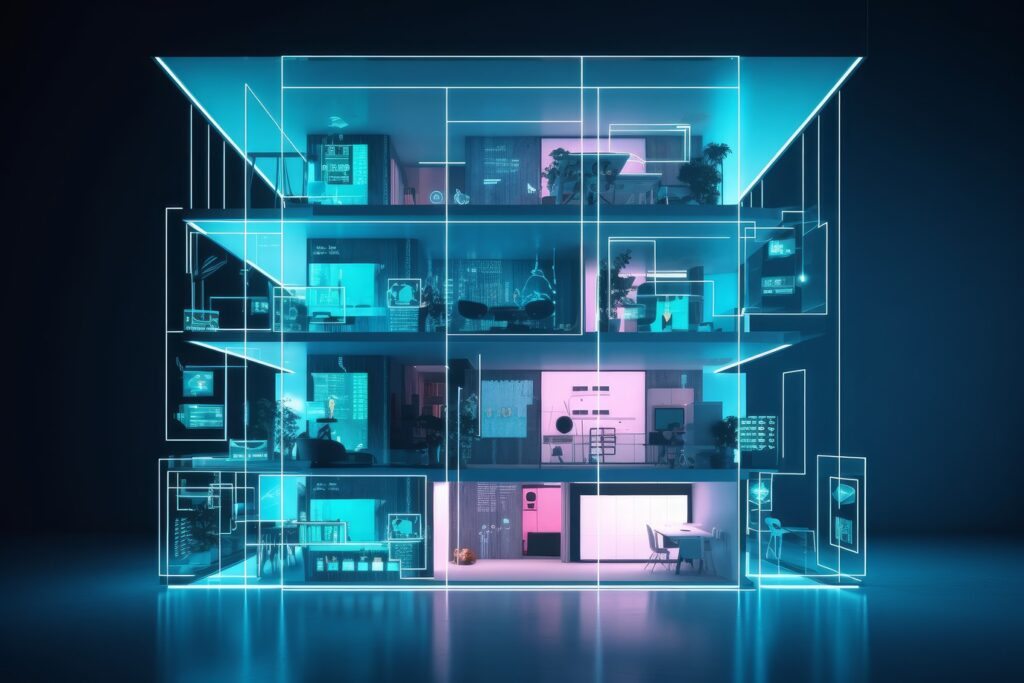
Our guide to building energy management systems
Building energy management systems (BEMS) are systems that allow you to monitor, control, and optimise the energy used within your building. The phrase building energy management system (BEMS) is often used interchangeably with the phrase building management system (BMS), but there are some differences. A BEMS is focused on energy-related systems such as lighting, heating, […]
Read more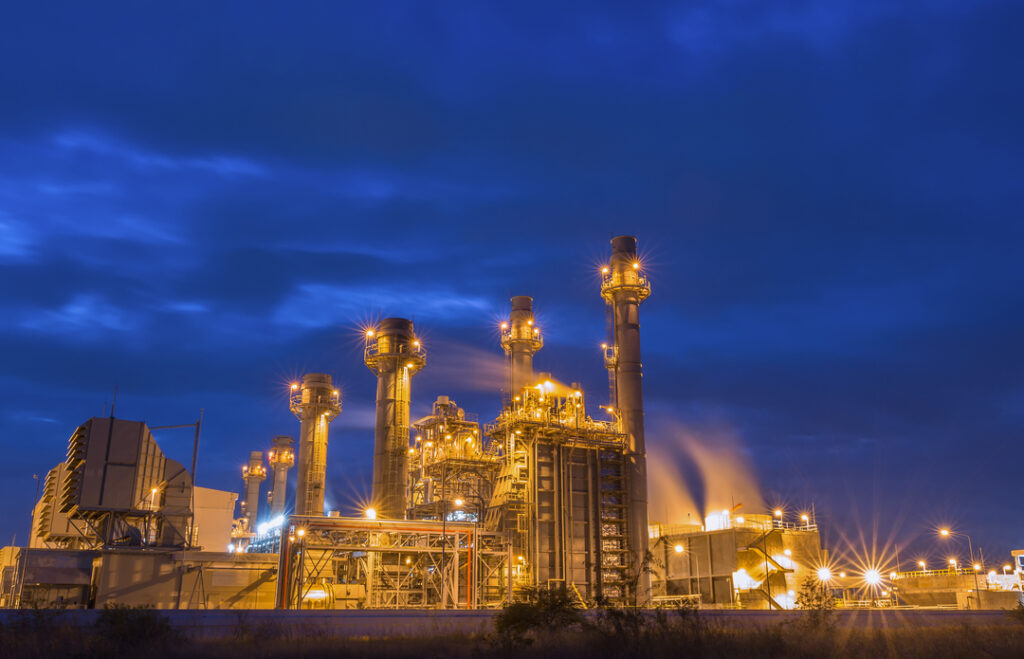
How far does power travel and what impact does distance have on performance
It’s easy to take our electricity supply for granted. We flick a switch and instantly have light or power. We don’t even think about it unless there’s an issue or an outage. But when there is an issue or outage, the impact can be significant. For manufacturers, even the smallest change in power can make […]
Read more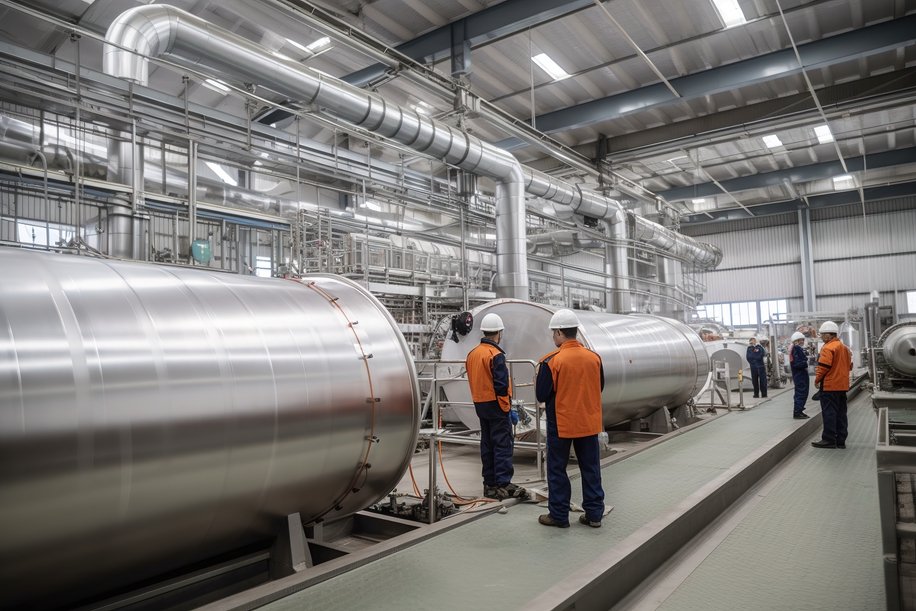
Why visibility of the production process is so important
Operational excellence, efficiency and quality are top priorities for almost every manufacturer worldwide. These things lead to improved productivity, happier customers and reduced waste – all of which result in increased profits. Visibility of the production process is the key to achieving these things. And manufacturers now have access to technology that can provide real-time […]
Read more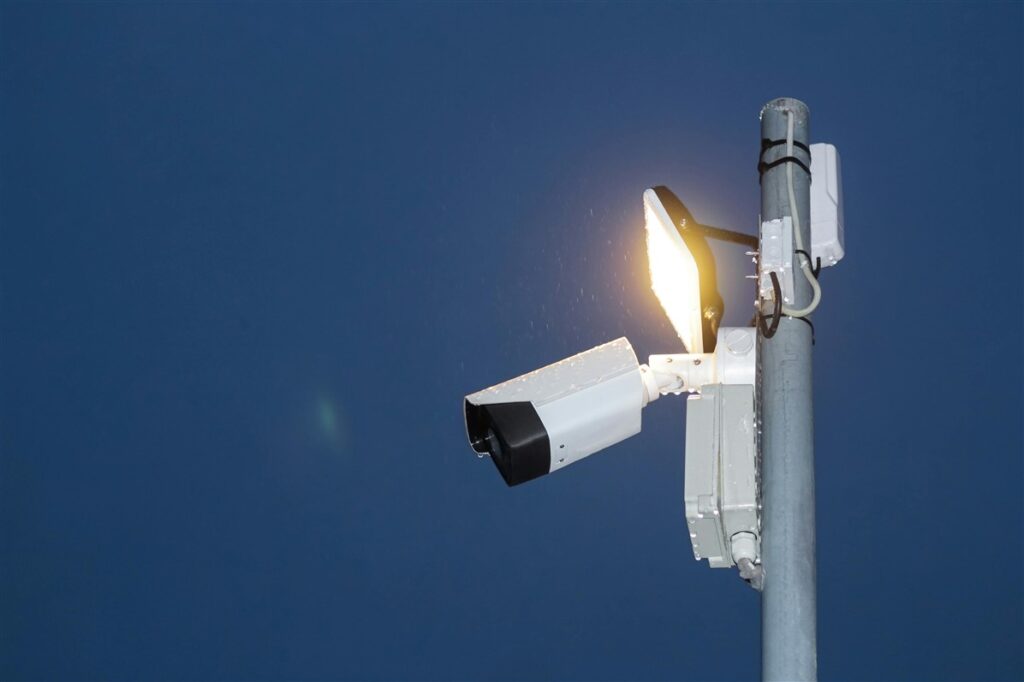
Will security lighting help to protect my staff?
Looking after the safety and well-being of employees should be a priority for any business. And while it’s not possible to mitigate every risk, there are measures you can take to improve their safety and security. One measure that is often overlooked is the installation of security lighting. When daylight disappears, visibility is reduced, increasing […]
Read more
Top 5 considerations when comparing electrical quotes
Budget is always a factor when you’re considering any type of upgrade, revamp, or maintenance work within your factory. But when it comes to electrical work, you have to consider more than just money. Don’t rush into accepting the cheapest electrical quotes without knowing exactly what you’re getting. Electrical work is not an area where […]
Read more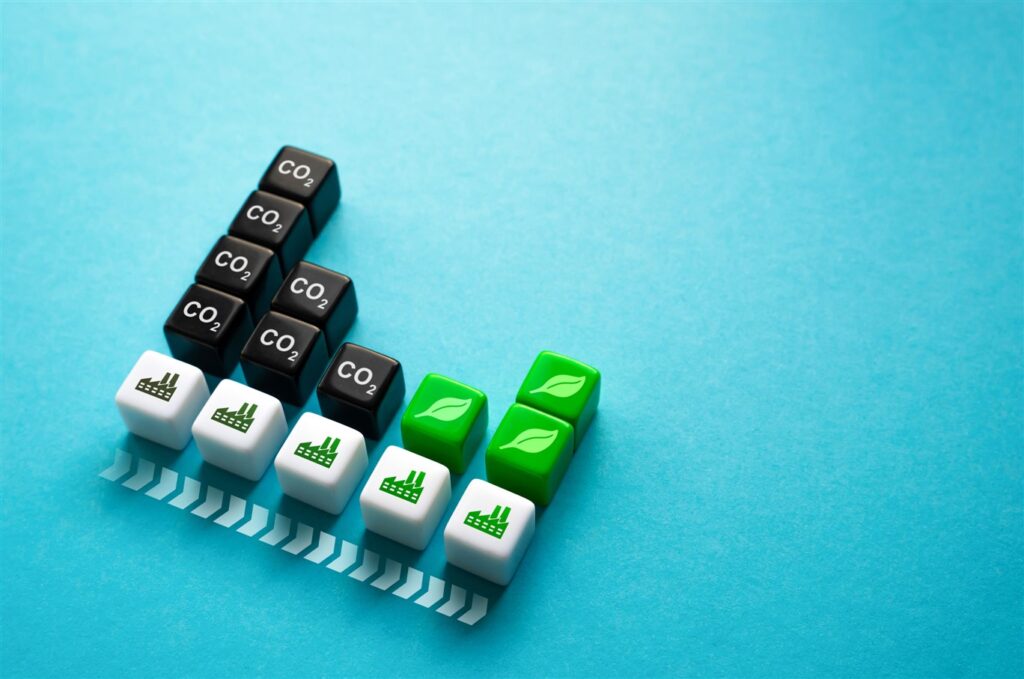
What is the role of companies in reducing our carbon footprint?
We should all be taking responsibility for protecting our planet and a big part of that is reducing our carbon footprint. But while it falls to all of us to do our bit, there is additional pressure on manufacturers, especially those with high carbon emissions. As an absolute minimum, these companies should ensure compliance with […]
Read more

